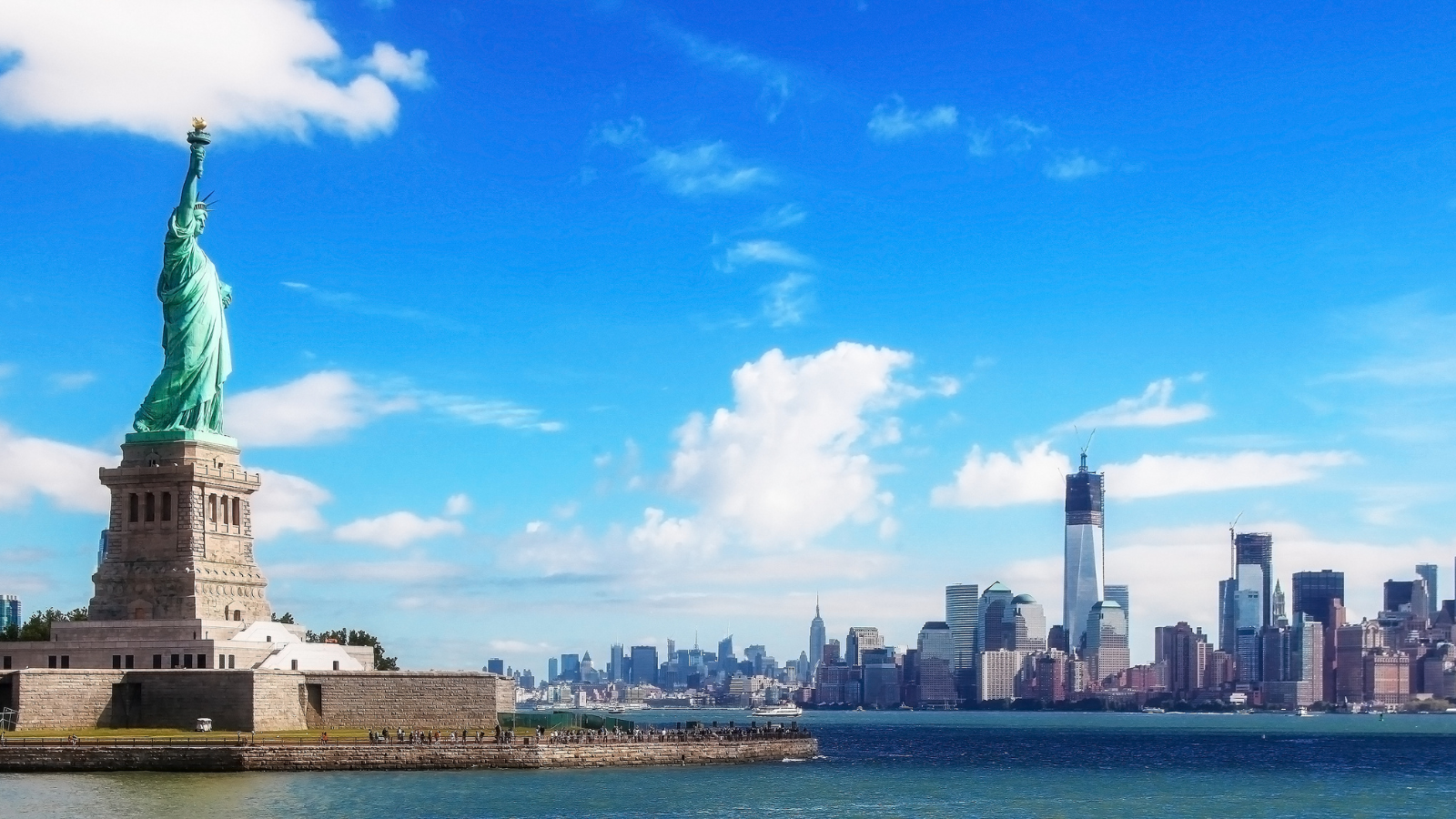New Yorkers Say No to $15 Manhattan Congestion Toll
A recent poll by Siena College reveals that a majority of New Yorkers are not in favor of a proposed $15 congestion toll for entering Midtown Manhattan. About 63% of voters across the state are against the toll, while only 25% support it. This sentiment is strong in New York City, where 64% oppose it, and even stronger in the suburbs, with 72% against the toll.
Governor Kathy Hochul and the Metropolitan Transportation Authority (MTA) back the toll, aiming to reduce congestion and generate funds for mass transit—nearly $1 billion annually. Despite the support from some government quarters, the toll faces widespread disapproval among various groups, including 72% of Black voters, 62% of Latinos, and majorities across political affiliations, with 75% of Republicans, 69% of independents, and even 54% of Democrats opposing it.
Interestingly, a significant number of people, 31%, said the toll would make them either travel less to Manhattan or seek alternatives to driving. However, 44% mentioned they don't frequent Manhattan often enough for it to matter.
The debate continues as New Yorkers weigh the benefits of reduced traffic against the costs of the new toll, with many eyeing alternative solutions or adjustments to their travel habits. The full implementation and its impact remain to be seen, raising questions about the future dynamics of city commuting and transit funding.
Read more at the New York Post
Why This Matters
If you're in the transportation and logistics industry, the implementation of a congestion toll in Manhattan could have several implications for your business. Firstly, it could change traffic patterns significantly. With the toll potentially deterring some drivers from entering Midtown, there might be fewer delivery delays caused by traffic, possibly improving efficiency for logistics operations in the area. On the flip side, the cost of entering a key part of the city could increase operating expenses if your routes require passing through this zone frequently.
Another point to consider is the shift in how people and goods move around the city. As some individuals might opt for different transport methods to avoid the toll, there could be increased demand for alternative delivery services, like last-mile delivery solutions, which could open new business avenues or require adjustments in current business models.
Our Take
Here’s something to chew on: If everyday folks and businesses are thinking twice about driving into Manhattan because of a new toll, this could be our cue to innovate. Maybe it’s time to ramp up our investments in electric delivery vehicles or bike couriers for urban areas. Less congestion could mean faster deliveries and happier customers, not to mention the potential for lower emissions. Could this toll be the unexpected push we needed to rethink urban logistics?














A recent poll by Siena College reveals that a majority of New Yorkers are not in favor of a proposed $15 congestion toll for entering Midtown Manhattan.